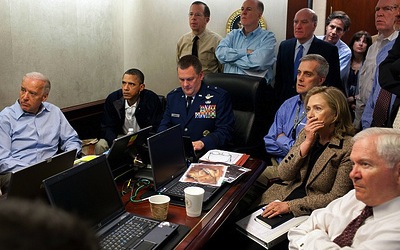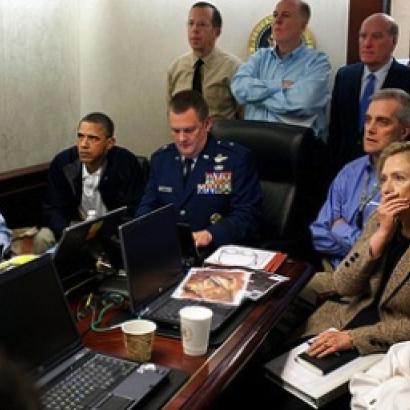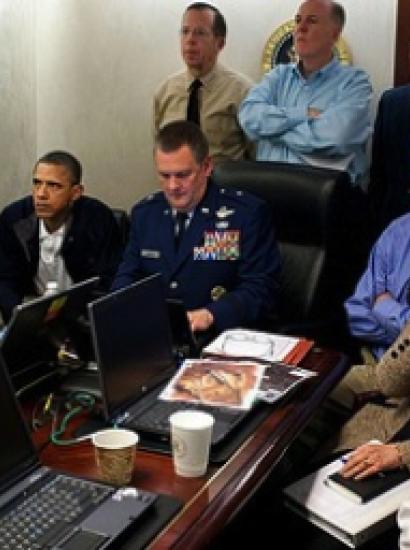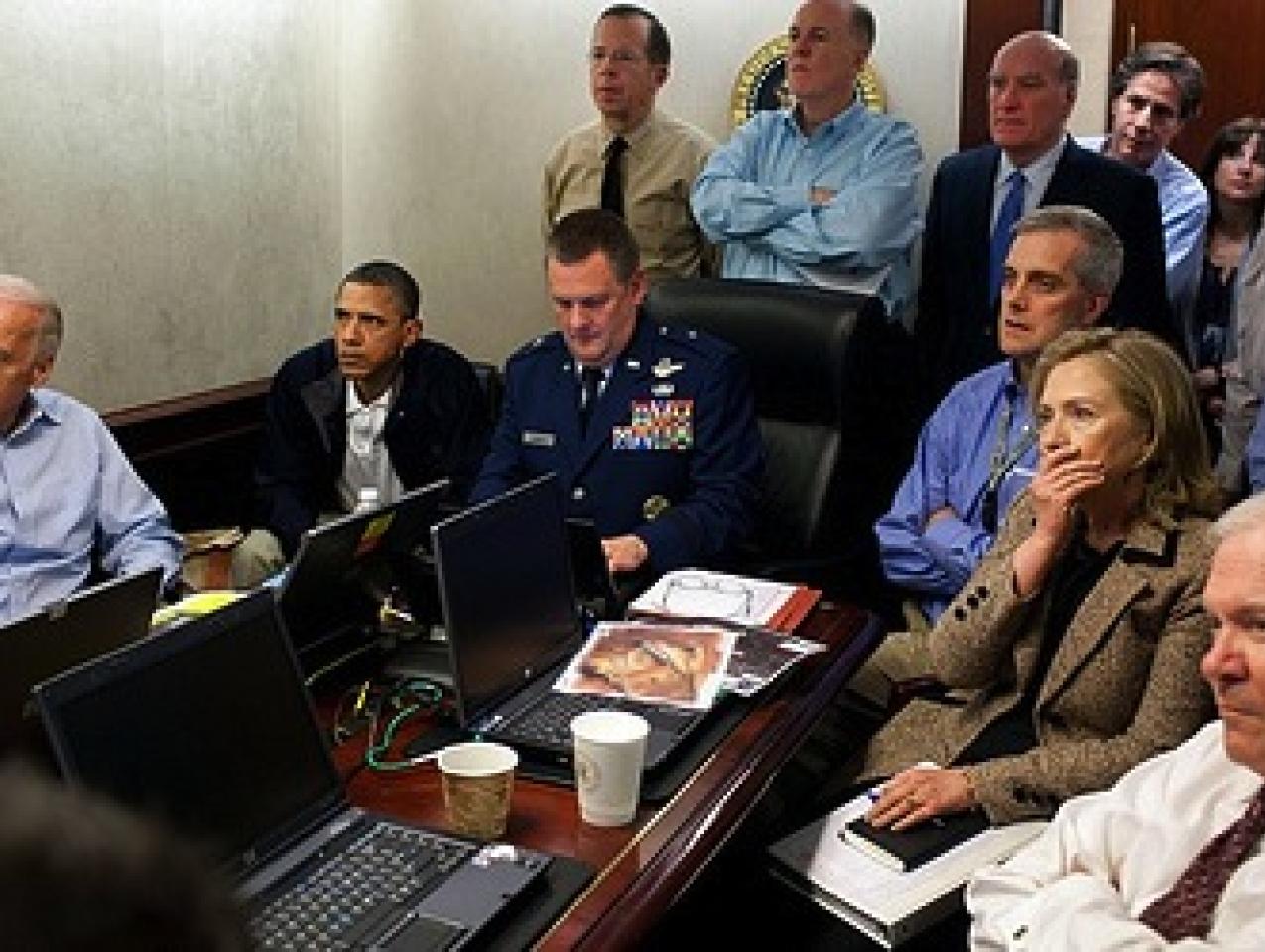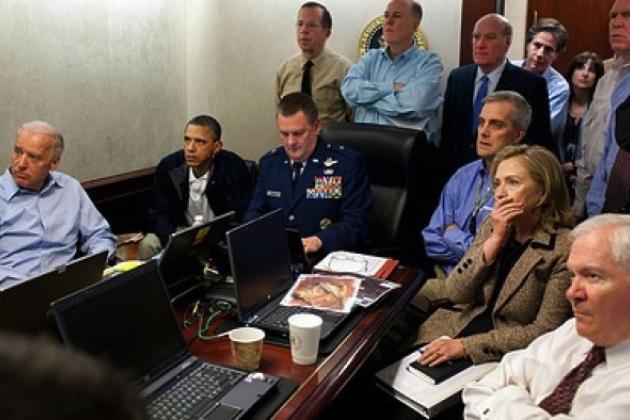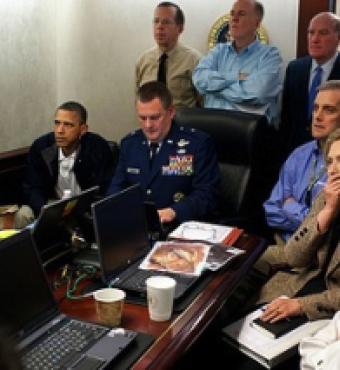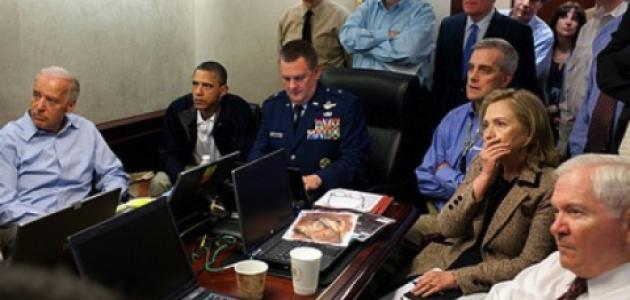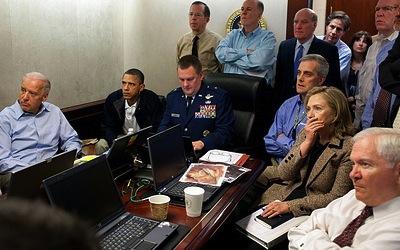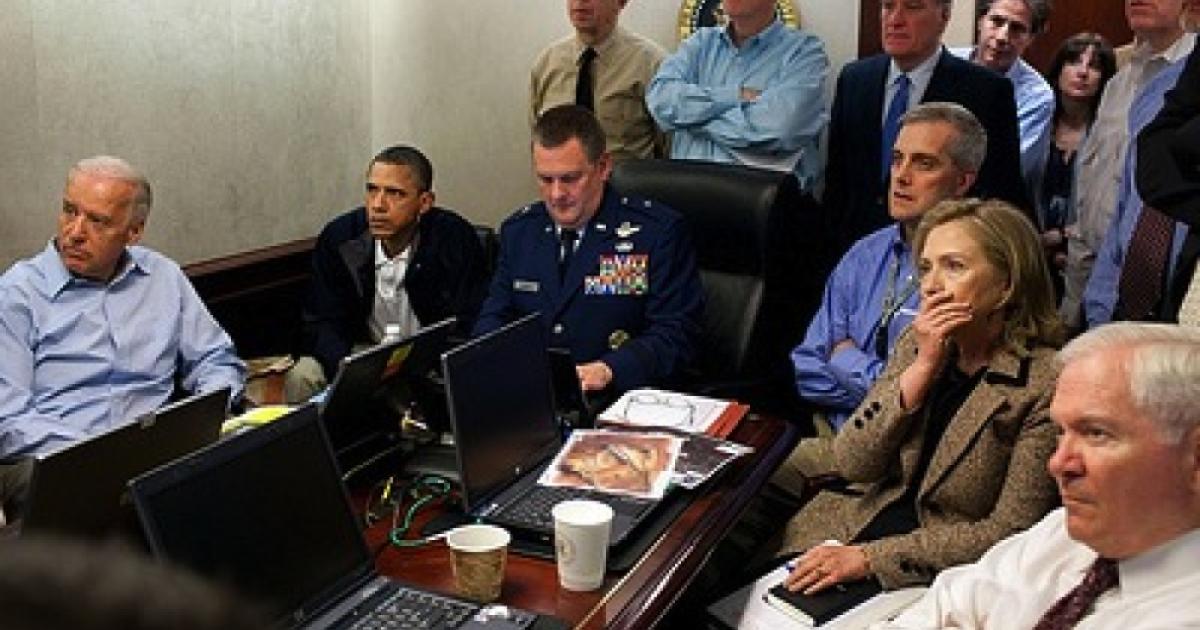- International Affairs
- US Foreign Policy
Counterstrike, by Eric Schmitt and Thom Shanker (Times Books), is an account of the evolution of American strategy in the aftermath of the 9/11 attacks. The authors are New York Times reporters covering the national security beat, and their virtuosity is impressive in unearthing interesting details and crafting a narrative arc that explains an enormous swath of information over time. They show the experimentation and refinement over time of our government’s approach to terrorism, and their account is true to the degree of difficulty involved and fair to the hard choices that were made in the Bush and Obama administrations.
I should acknowledge that I know the authors and many of the people portrayed in the book. I differ from Schmitt and Shanker in the weight they place on the different players who crafted the post-9/11 strategy. Still, I have yet to read a book as thorough in its reporting or that more rigorously attempts to understand the connections between different elements of the threat and response to terrorism and the link between the day to day policy of improving America’s defenses against emerging threats to overarching ideas. This is a good book.
.jpg)
Photo credit: U.S. Embassy New Zealand
Most important among the ideas Counterstrike introduces is that we, as a society, need to demonstrate greater resilience to terrorist attacks. Schimitt and Shanker emphasize that terrorists continue to plot sensational attacks because they believe we will be traumatized by them. Terrorists consider our society brittle and publicizing their attacks actually strengthens their standing and increases their recruitment. Schmitt and Shanker call on Americans to accept that we are in a war that will continue for decades, that terrorists will succeed again in using the openness and values of our society to conduct violent attacks, and that part of our response should be to demonstrate the strength of our society.
While they do not use this example, their description brought to mind Mayor Rudy Giuliani after 9/11: confident, competent, refusing to be traumatized, and working quickly to repair the damage and get on with life. It is a hugely important message, one that should inform our policies and our individual reactions when the inevitable occurs.
Given the cloud under which General Stanley McChrystal was fired in 2010, Schmitt and Shanker’s account is a welcome reminder of McChrystal’s crucial contributions to thinking our way through the nature of the terrorist threat in its early years. It was McChrystal who developed the intellectual framework our military brought to the task, harnessing our ability to collect and analyze information, and quickly tying that information to the development of operations that could be executed with speed and precision. This development of intelligence-led operations may actually be the most important intellectual breakthrough of the past decade.
McChrystal is only one of the talented military leaders portrayed by Schmitt and Shanker. Their reporting reveals an extraordinarily impressive institutional culture in the American military, its willingness to challenge its operating assumptions and develop new ways of thinking and acting. From Jeffrey Scholsser’s incorporation of local culture into his operations to Mark Hertling recruitment of Iraqi women into the police force, the innovativeness of our military is the most important fighting advantage we have. It is innovation, not money or equipment, that makes the American military so incredibly good.
Counterstrike also recounts the inadequacy of our State Department to adapt and contribute its share to government efforts. Schmitt and Shanker detail frustration in the White House and Pentagon that State “did not have the capacity to run the counter-messaging campaign”—by which they mean conveying our diplomacy publicly, an essential part of winning the war of ideas.
Not only that, but the State Department prevented other agencies from helping. The authors recount a cabinet meeting at which
Secretary of Defense Gates turned to Secretary of State Clinton and in essence offered to write a check for whatever she needed to get the crisis communications effort off the ground. That check wasn’t accepted, and others couldn’t be cashed. In fact, Pentagon officials kept a record of the number of official budget transfers from Defense to State for counter-messaging efforts that were returned. One, in particular, was galling. The Pentagon offered to pay the bill for one State Department communications project but then called for the funds to be returned when the State Department, short of personnel, let out a bid for contracts to outsource the mission.
After the President’s Cairo speech on outreach to the so-called Muslim world, State delayed the establishment of a Center for Strategic Counterterrorism Communications for more than eighteen months, refusing to make available the ten personnel it required.
The authors’ descriptions of State’s unwillingness to put the president’s priorities first across both the Bush and Obama administrations is sadly consistent with both my experience working in State and the research I conducted for my book about its institutional culture, State of Disrepair: Fixing the Culture and Practices of the State Department.
I am not persuaded by the book’s central contention, which is that a strategy concerning how to apply classical deterrence theory to terrorists emerged in 2007 and has become the unifying theme of U.S. government efforts to respond to the threat of terrorism. Working on defense issues at the National Security Council and the “battle of ideas” from the State Department’s Policy Planning Staff, I saw the strategy evolve differently. Rather than a conceptual breakthrough that allowed a better use of information and tools, the arrow went in the other direction: As we learned more about the nature of the threat, we were able to develop more nuanced approaches. It seems to me less “new deterrence” than deterrence applied to new problems, and Counterstrike understates how much new abilities—like intelligence collection and better knowledge of the enemy with time—expanded our options.
In fact, the refutation of Schmitt and Shanker’s theory is actually provided by their own reporting for the book, which cites Secretary of Defense Robert Gates, who said: “I think part of the reason for some of the far-reaching measure that were taken after 9/11 was the feeling of extraordinary inadequacy of our information.” As the U.S. government learned more about the nature of terrorists it was fighting, it developed the means to target its activities more precisely—not only militarily, but by countering their narratives; providing information to journalists to assess and write about instead of trying to tell the story itself (since the government is a less credible messenger to the audience it is trying to influence); delivering the intelligence it collected in diplomatic engagements with other governments so they could take action; and using families, business, and religious networks to constrain the influence of jihadists.
But no other book I have read on strategy in the age of terror provides anywhere near as detailed and accurate an account of the process of the learning and adaptation that occurred in the aftermath of 9/11. No other book is as fair to the people trying to protect our country. No other book offers as many ideas about what fighting terrorism means for us as a society. Eric Schmitt and Thom Shanker have done a great service in writing Counterstrike; it deserves to be widely read and discussed as we all seek to make sense of the new threats and how our government and society should respond to them.







